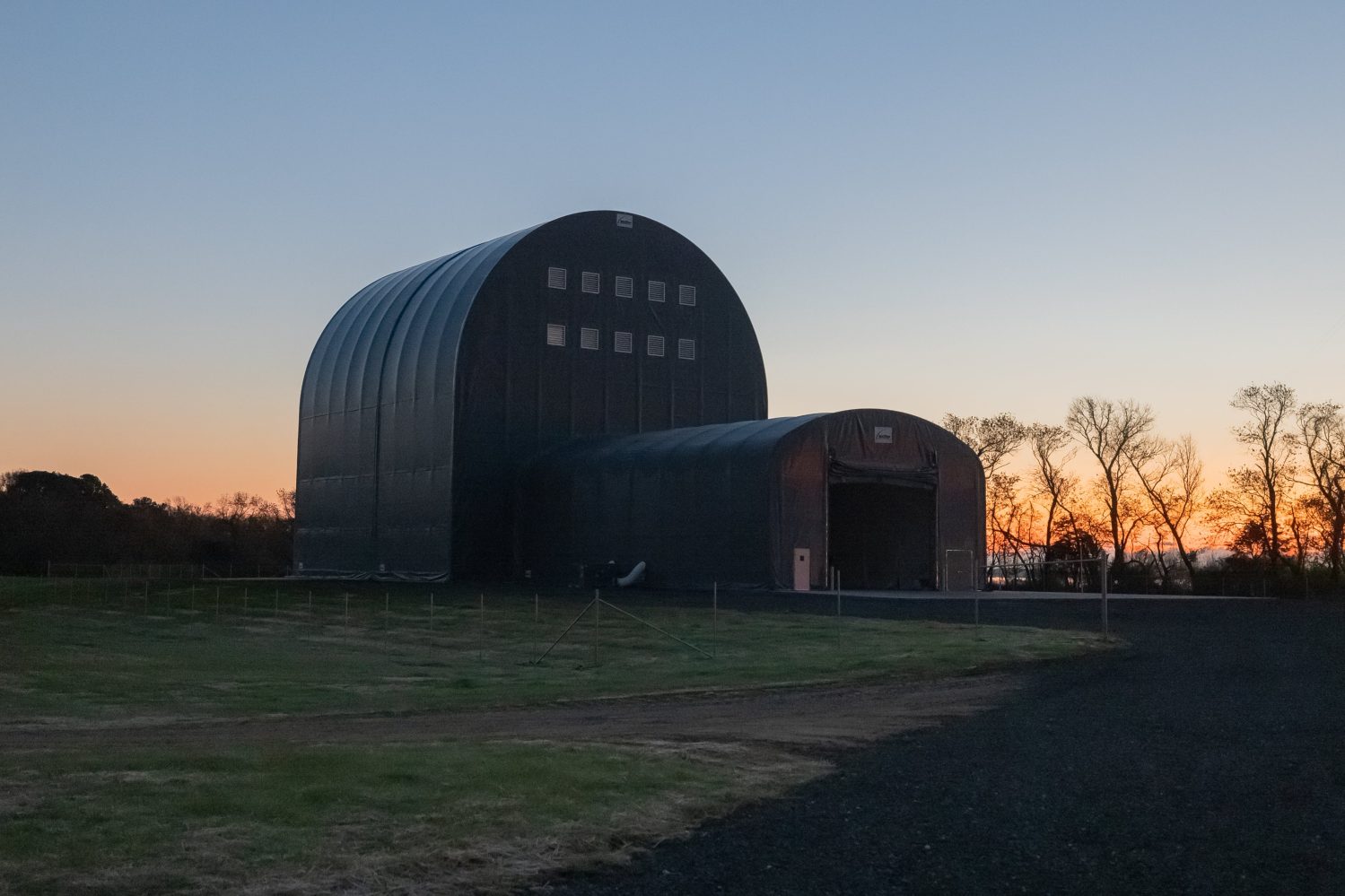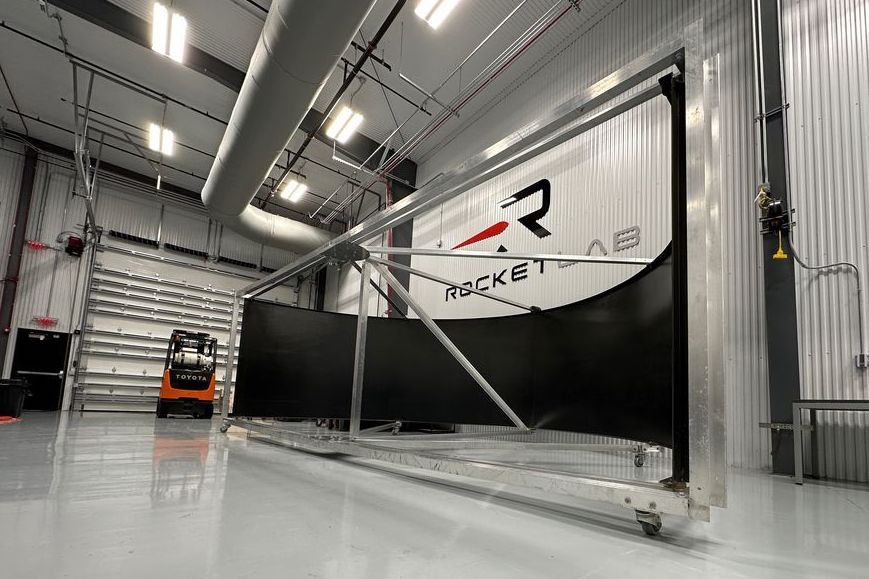
Rocket Lab’s Electron launch program is finally starting to take off, with a chance to surpass double-digit launches this year. However, the development of the company’s next launcher, Neutron, is in full swing, with facilities built and hardware being produced.
New temporary facility built at Wallops Island
Wallops Island, Virginia (which I got to know very well over my two-week stay last December) will be the home of Rocket Lab’s Neutron medium-lift rocket. Launching out of the Mid-Atlantic Regional Spaceport (MARS) at NASA’s Wallops Facility, Rocket Lab is planning to grow its footprint in the area with production, payload processing, and launch control facilities.
Rocket Lab already has an integration and launch control facility for Electron, but they are already adding a temporary structure for Neutron. Located near the launch pads at Wallops Island, Rocket Lab has constructed a temporary structure similar to what SpaceX did at the start of its Starship development program.
Soon this building will be replaced with a more permanent solution where Rocket Lab will manufacture its new bigger rocket.
Test hardware already being built
Rocket Lab announced its new rocket back in 2021, but company founder and CEO Peter Beck didn’t give any timeline for when we might see hardware being built or the first flight. We are just now seeing the first pieces of test hardware shared by the company. While visiting its Integration and Control Facility in December, I was able to see half of a tank segment, and now Rocket Lab has shared images of its new building as well.

Rocket Lab founder and CEO shared some images of a tank half being assembled. This first-stage tank will hold either liquid methane or oxygen to fuel Neutron’s first-stage engines. Much larger than the test segment we saw in December, showing that development is headed in the right direction, and hopefully, we will see a full rocket being built soon.
Neutron will be Rocket Lab’s second orbital rocket, designed for what the company anticipates to be a need for launching smaller satellites in bulk. While it won’t be the biggest launcher out there, it will still be able to carry a large majority of payloads needed by the growing space industry.
Neutron’s first stage is designed from the ground up to be reusable and will land propulsively back on land, something only SpaceX can do at the moment. The first stage will be powered by seven new engines developed by Rocket Lab called Archimedes, with the second stage being powered by a single vacuum-optimized Archimedes engine. This engine is still in development, and the last update was a successful ignition test on development hardware at NASA’s Stennis Space Center.
Neutron’s launch and landing site will be next door to where Rocket Lab is launching Electron. Virginia’s MARS has plenty of space to grow and allow more companies to launch out of the relatively quiet range. However, many launchers are still looking to take up residence at the ever more crowded Florida spaceports of Kennedy Space Center and Cape Canaveral Space Force Station. Tomorrow Rocket Lab is looking to launch its first Electron out of Virginia, a range operated entirely by NASA rather than the Space Force. It will be a major milestone in opening up new launch possibilities for the company and its customers.
FTC: We use income earning auto affiliate links. More.


Comments